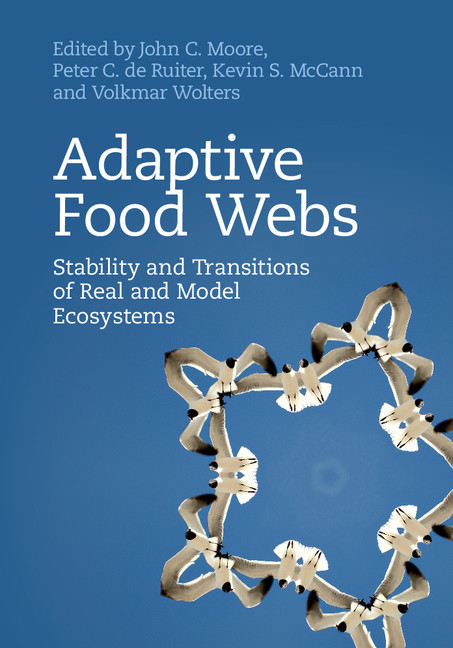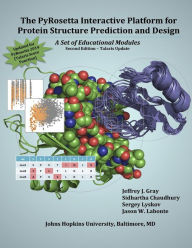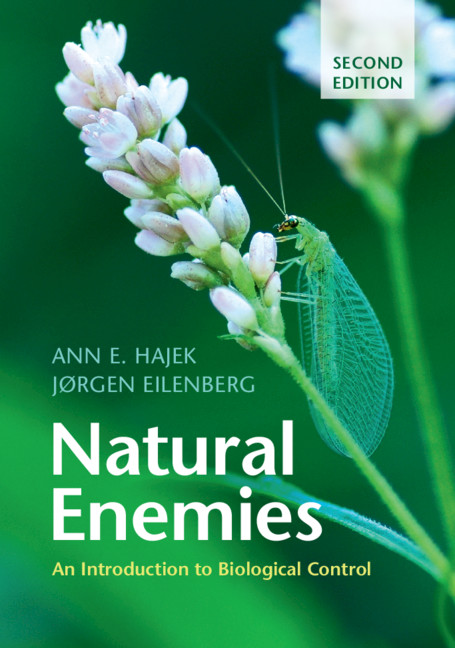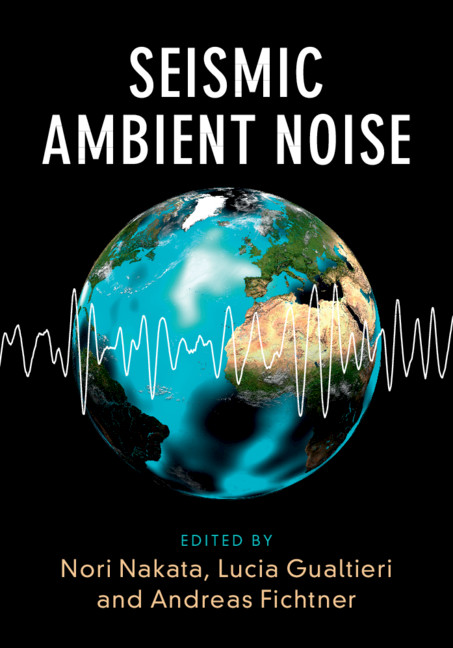Bee-Keeping For Health And Livelihoods
by D. K. Belsare
2020-07-24 20:38:25
Bee-Keeping For Health And Livelihoods
by D. K. Belsare
2020-07-24 20:38:25
Honey is the gift of nature to the mankind. It is the regurgitated nectar of the flowering plants collected by the honey bees, processed in their special stomach and deposited in honey combs. In ancient times, honey was collected from the nature by h...
Read more
Honey is the gift of nature to the mankind. It is the regurgitated nectar of the flowering plants collected by the honey bees, processed in their special stomach and deposited in honey combs. In ancient times, honey was collected from the nature by honey collectors and this practice is still continued till to-day in most of the developing countries, including India. Keeping bees in hives and obtaining honey commercially was started by a bishop in Hartz Mountain of Poland for the first time during 11th Century. Longstroth in U.S.A. imported honey bees from Europe in 19th Century and started bee-keeping scientifically. Since then there is a regular practice of bee-keeping all over the world to obtain honey and other valuable bee-products like beepollen, propolis, wax, royal jelly, bee-venom, herbhoney etc, which are used in pharmaceutical preparations, food industries, cosmetic products, paints and polishes. Bee-keeping is an important bio-resource of sustainable livelihoods for the rural poor and helps in eliminating poverty. It increases agricultural crop yield by pollinating flowers. By exporting honey and other bee-products, it can be a source of earning hard currency to the country. China is the biggest exporter of honey to Europe and U.S.A. Although India has the large potential of bee-keeping, it does not stand in the list of honey exporting countries. Recently more emphasis is being given to use bee-keeping practice for pollination of crops and fruit plants in India, but application of scientific technologies to increase honey and other valuable bee-products is still not taken seriously. The present book describes these technologies for enhancing yield of honey and other bee-products and marketing them for income generation.
Less






























